Blister packs are preformed, clear plastic cavities formed through thermoforming. They are used for packaging small items such as food or pharmaceutical equipment. Blister refers to the pocket or cavity formed by thermoforming to cover the product. Read More…
Valk’s policy is “to meet or exceed our customer’s requirements, working together as a team with honesty and integrity.” Valk’s success is due to their long standing focus on quality & customer service.
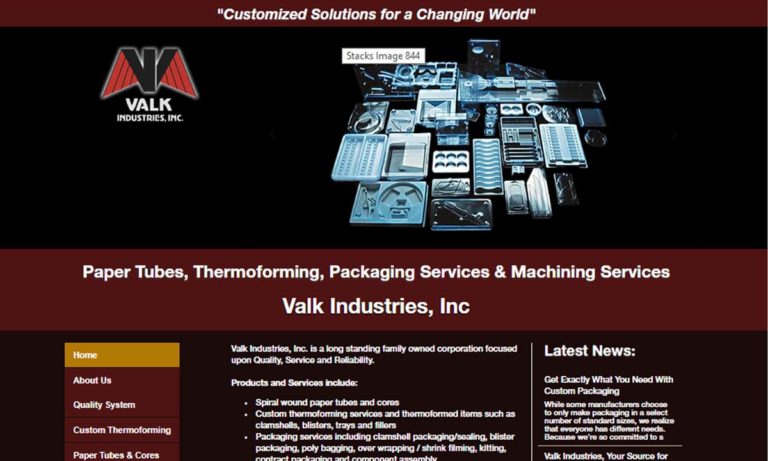
Since 1960, Profile Plastics Inc. has been at the forefront of thermoforming technology. Utilizing the latest software and technology, our expert staff of engineers can design custom vacuum, pressure, and twin-sheet thermoformed solutions. Over the last 60 years, we have developed a process that allows us to deliver consistent, high volume, and precise products with superior quality. Our high...
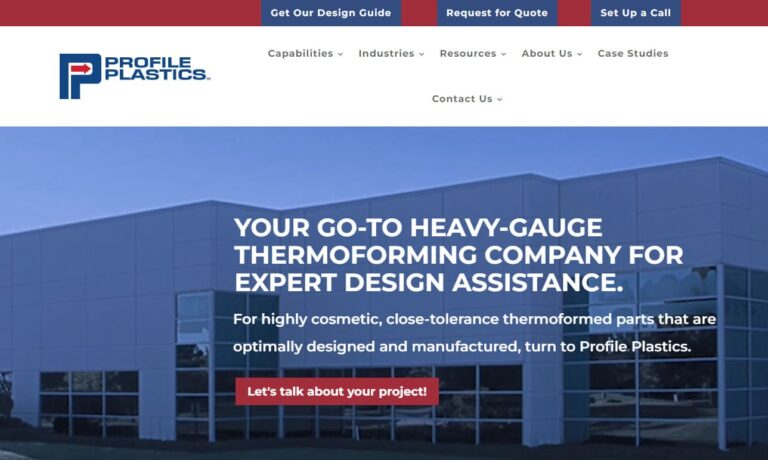
Quality Plastics has been a leading manufacturer of vacuum forming since 1976. Whether you need a small batch of custom vacuum-formed parts or a large-scale production run, we have the capabilities and expertise to deliver. We are committed to providing our customers with exceptional vacuum-formed products and services that meet their needs and exceed their expectations. Contact us today to learn ...
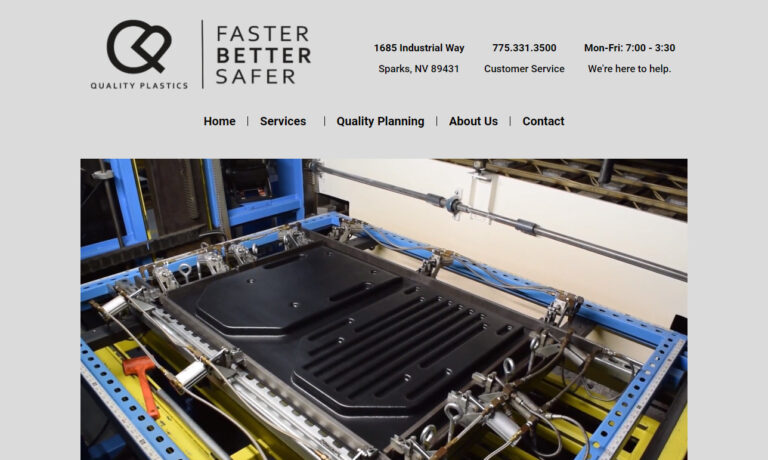
Engineered Plastic Products custom forms & fabricates sheet thermoplastic materials, standard & specialized, for any number of industrial & commercial requirements. EPP has been widely recognized for outstanding manufacturing & service since 1958 for companies such as GE, NASA & AT&T. Custom fabricated parts can be as large as 72"x108" down to 2"x2" in any thickness up to 1 1/2". Post-forming...

At Lerner Molded Plastics, we specialize in crafting high-quality vacuum-formed products tailored to meet the diverse needs of our clients. With years of expertise in the industry, we take pride in our ability to deliver innovative solutions that exceed expectations.

RapidMade is a leader in thermoforming and vacuum forming solutions, offering unmatched customer experience, quality, and speed. We cater to diverse needs with a broad material and equipment portfolio, ensuring cost-effective, engineered parts. Trust us for reliable, timely delivery of your small to medium batch plastic projects, meeting the highest industry standards. Choose RapidMade for...
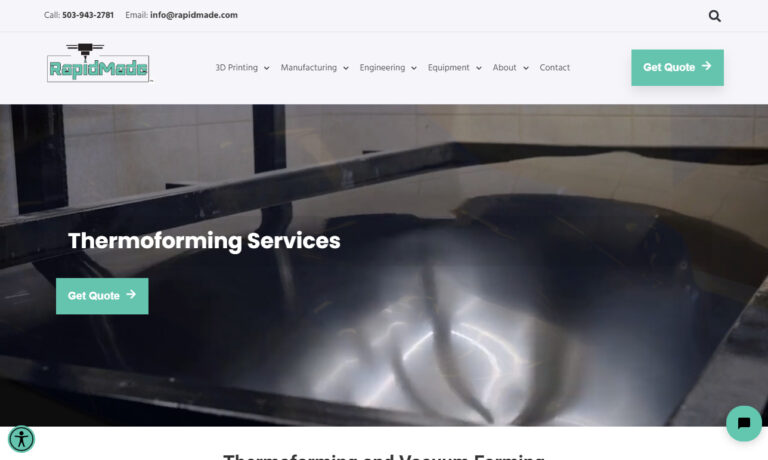
At Designcraft, we pride ourselves on being pioneers in the field of innovative design and manufacturing solutions. We specialize in vacuum forming, a versatile and cost-effective method for creating high-quality plastic components. Our team of skilled engineers and designers work tirelessly to ensure every product we produce meets the highest standards of precision and durability.

Robinson Industries offers thermoformed and injection molded reusable, heavy duty plastic pallets, packaging and more. We are one of the largest suppliers of reusable pallets to many industries.

More Blister Pack Companies
Blister packs are preformed, clear plastic cavities formed through thermoforming. They are used for packaging small items such as food or pharmaceutical equipment. Blister refers to the pocket or cavity formed by thermoforming to cover the product. The backing is often a paperboard card or aluminum foil on which the product description is given. Blister packs are useful because they protect the product from temperature, humidity, and UV radiation.
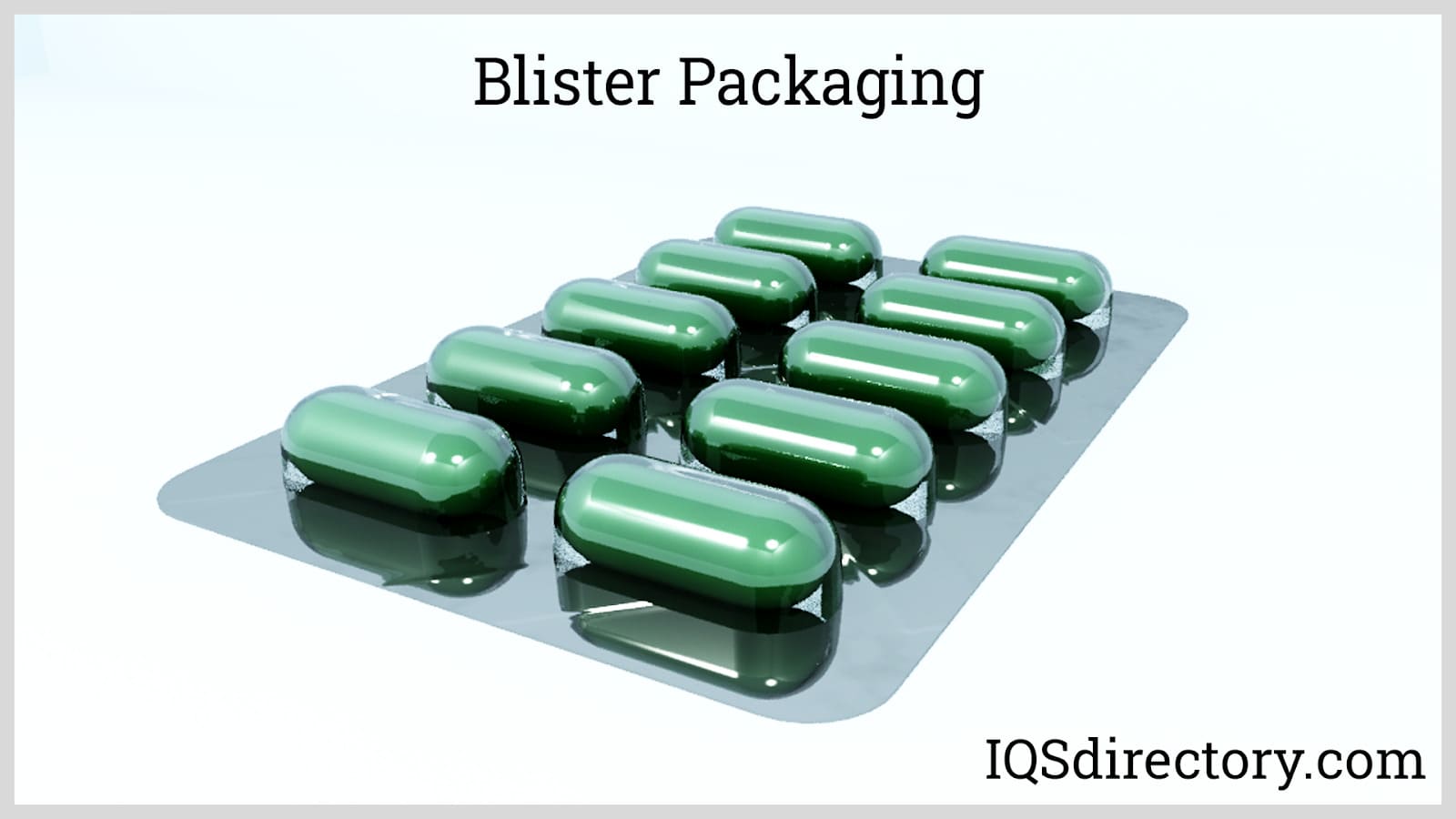
Features of Blister Packs
- Blister packs are cost-effective. There are many different types with different prices.
- There is advertising space on these packs, making it easier to learn about the product.
- The product is visible and can be seen and checked before buying.
- Blister packaging is heat-sealed; therefore, the packs are durable and secure. No one can duplicate the product or tamper with it.
Blister Packaging Process
PVC is used to make blister packs and is sealed by aluminum foil. The complete process is given below:
Forming
The process of thermoforming is what forms the clear plastic cavities. Thermoforming, in addition to cold forming, are the two types of forming processes. In cold-forming, the material is heated at room temperature and then stamped in the mold. Thermoforming is done by heating the material at a high temperature and then placing it in the mold.
Product Loading
After forming, the product is loaded into the clear cavities. Products can vary in shape and size.
Sealing
The next step is the sealing of the blister packs. The base and sealing material are joined together by applying pressure and temperature.
Coding
Coding is the next step. In this step, information such as batch number, expiry date, and manufacturing date is written on the blister packs to ensure convenience for the buyers.
Perforation
Perforation is the process of making minor cuts or holes in the plastic or paper packaging for easy removal of a part.
Cutting
The last process in blister packaging is the cutting of this packaging. Finally, a visual inspection is done to check for any broken tablet or seal. The process uses manual inspection systems along with blister positioning and rejection systems.
Types of Blister Packs
Many different types of blister packaging are on the market, each used for different purposes or client demands.
Face Seal Blister
- The face seal blister pack is the most inexpensive and commonly used.
- It consists of a flanged blister around the product, and the rest of the card remains uncovered.
- This blister pack has a piece of heat-sealed paperboard on the back.
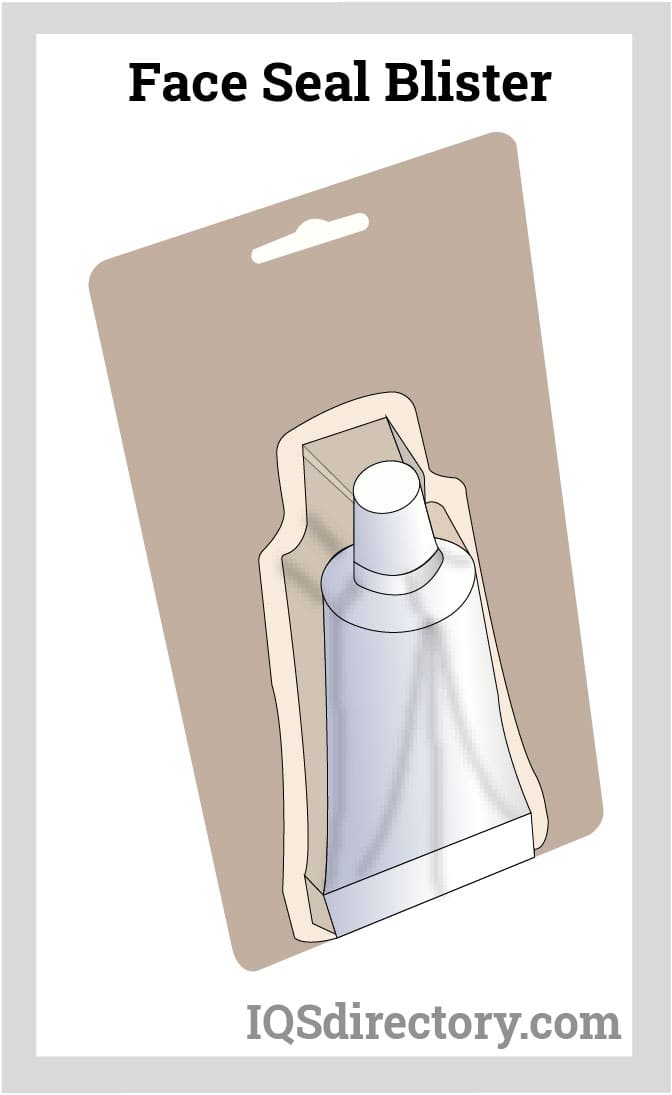
Full Face Seal Blister
- This blister pack covers the full face of the card, meaning there is no uncovered space on the card.
- This packaging offers excellent strength and durability to the card and resists corner bending.
- This packaging has more aesthetic appeal to buyers, although it is more expensive.
Trapped Blister
- A trapped blister pack is the same as those mentioned above, but heat sealing is not required in these blisters.
- The product is entrapped between two cards. The upper card is die-cut to fit the product.
- As heat sealing is unnecessary, expensive heating tools are not required for this blister pack.
- The backside of the card has an opening to access the product easily.
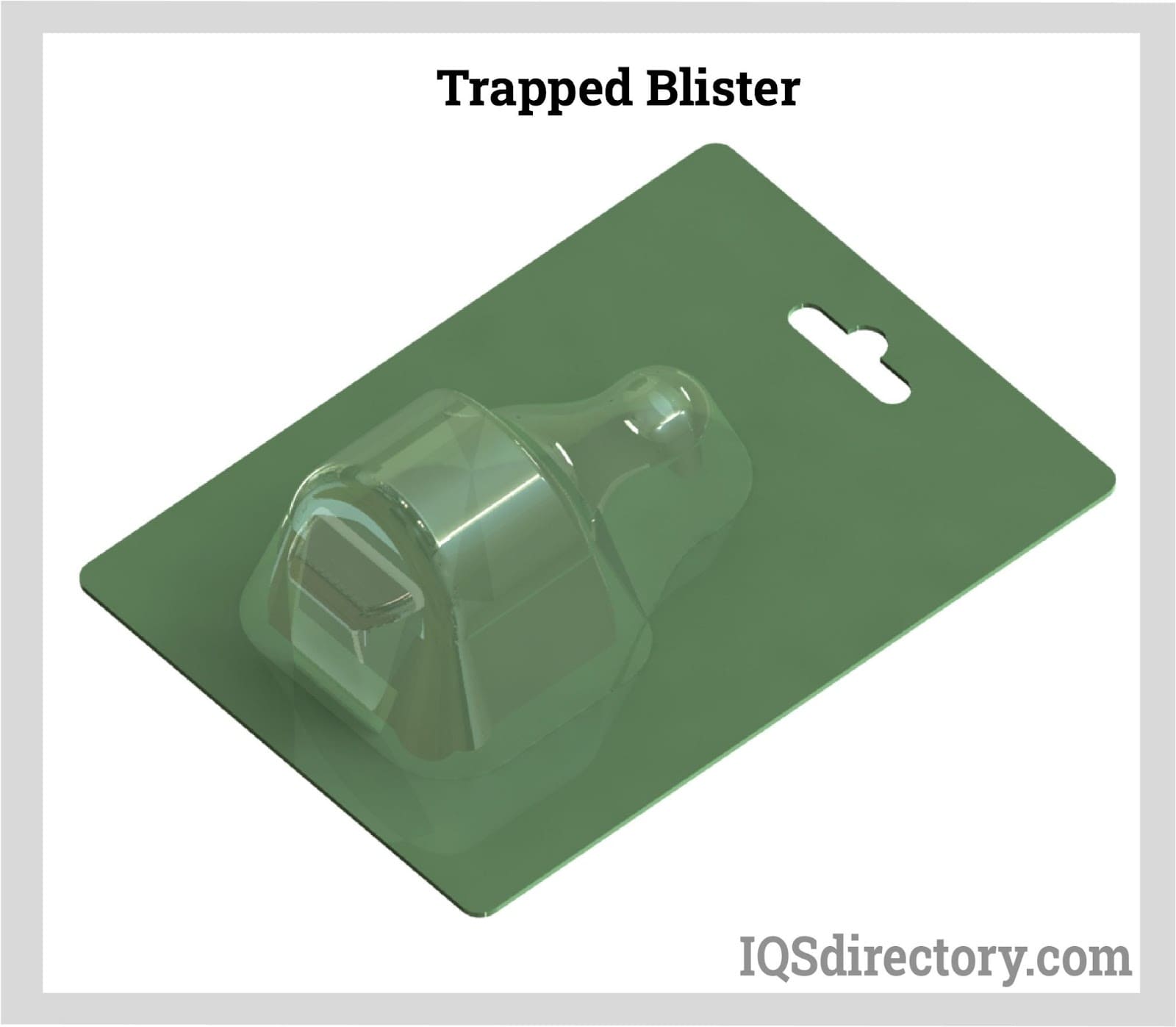
Full Card Blister
- In this type, the whale flange is wrapped around the card placed on the back of the blister pack.
- The card is put into the packaging and stapled in place.
Clamshell
- A clamshell blister resembles a clam with two halves joined together to open and close.
- It has robust, strong packaging and is used to pack heavy products.
- These blisters also include a hole for hanging the product.
- This packaging includes feet, which help it remain upright in the aisle.
- Radiofrequency, heating, or UV radiations are used for sealing this pack; therefore, they are tamper-resistant.
- Due to various sealing techniques and the expensive tools required, this packaging is costly.
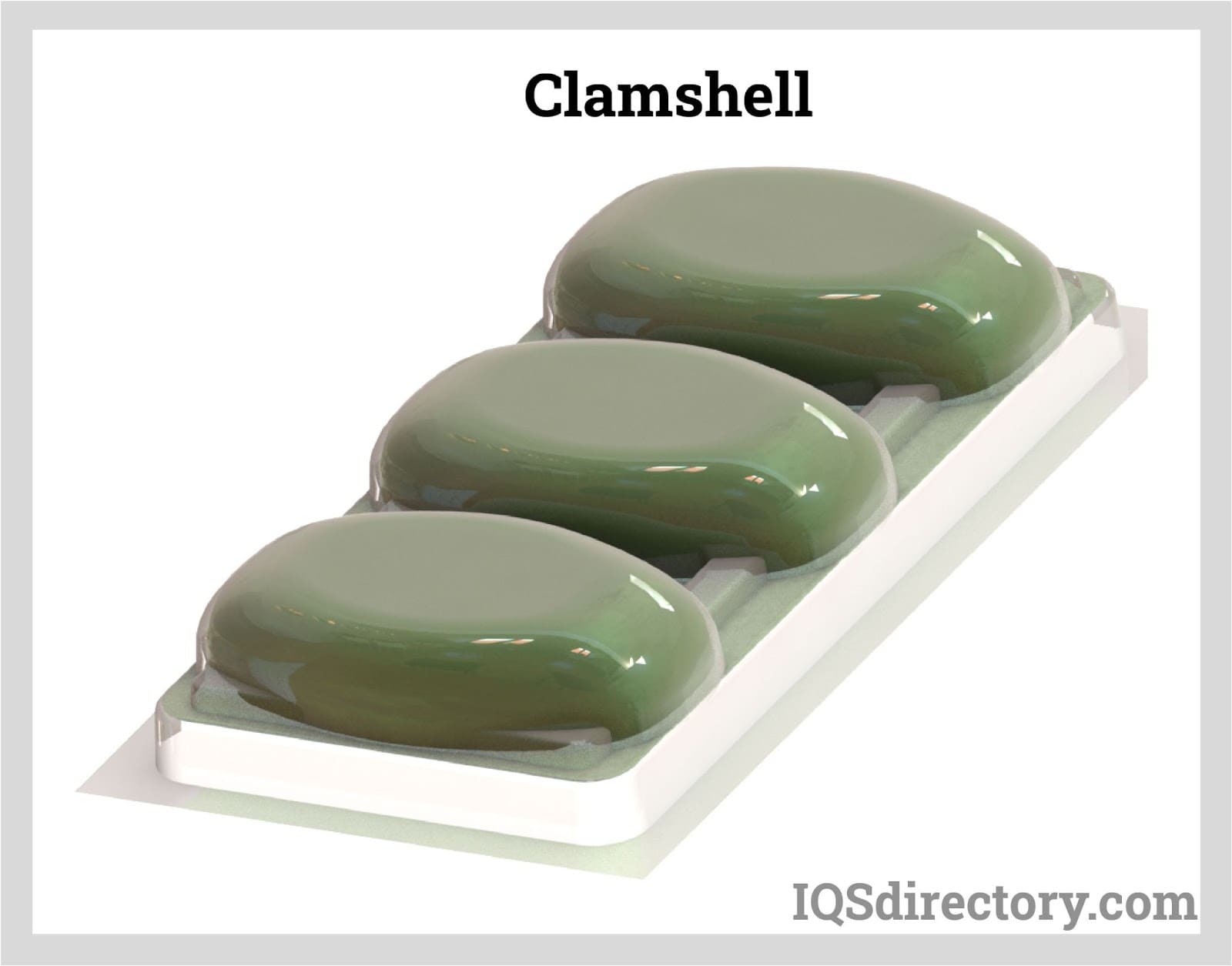
Mock Clamshell
- A mock clamshell is a one-piece blister with a card placed on the backside of the pack.
- A lip extends backward to protect the edges of the card; this is also where graphics are incorporated.
- It also helps in protecting the product from rough handling.
- These are half the price of regular clamshells.
2- piece Clamshell
- The 2-piece clamshell is a hybrid version of a mock clamshell.
- A flat plastic packaging is glued onto the back of the blister pack.
Tri-fold Clamshell
- The tri-fold clamshell is used for heavy and unstable products.
- These blister packs have a hinged clamshell placed at the bottom of the packing.
- When opened, these hinges turn into a triangular shape that helps protect unstable products from falling.
- The tri-fold clamshell is the most expensive type of blister packaging.
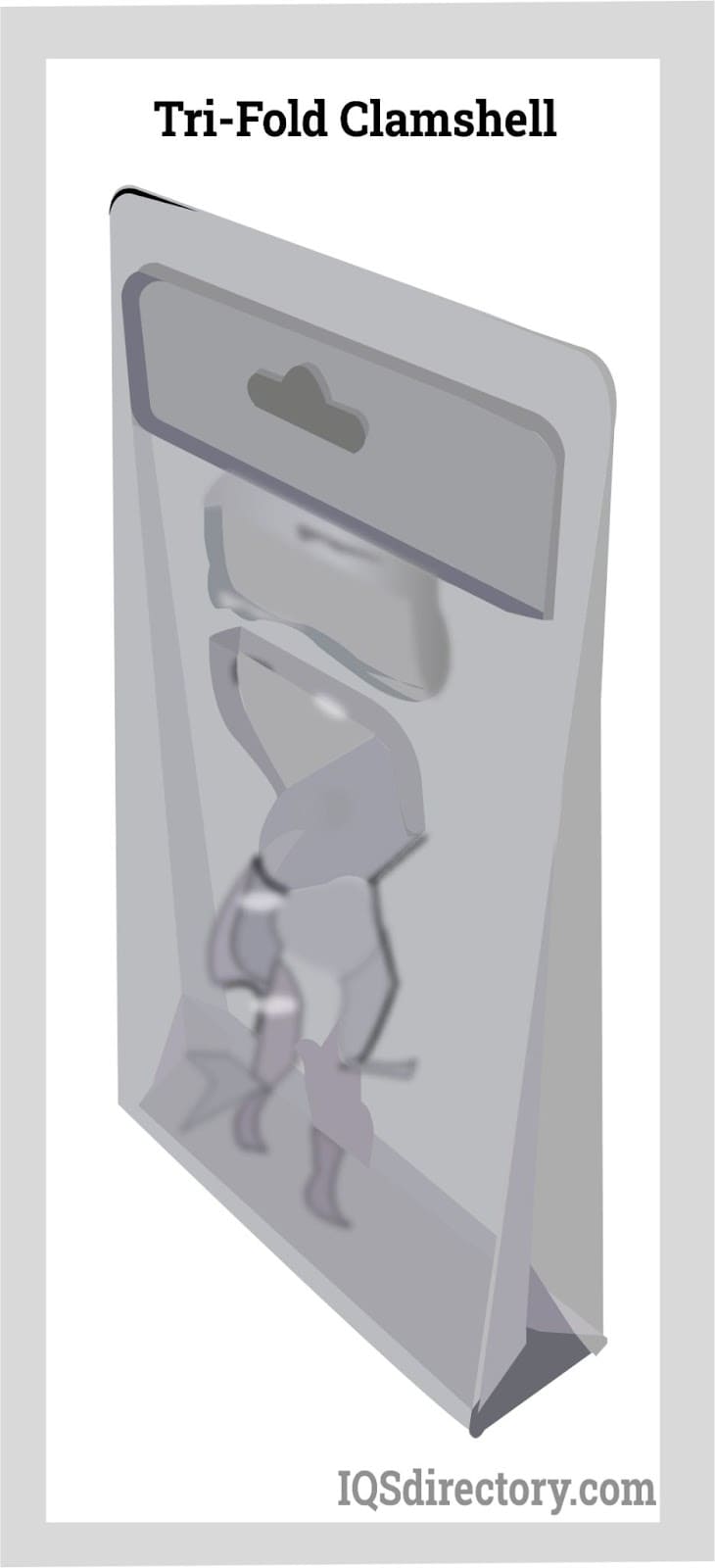
Applications of Blister Packs
Blister packs are used widely in many industries for packing products such as food, medical equipment, consumer goods, automobile and machinery parts, toys, accessories, beauty products, electronics, medicine, and many more.
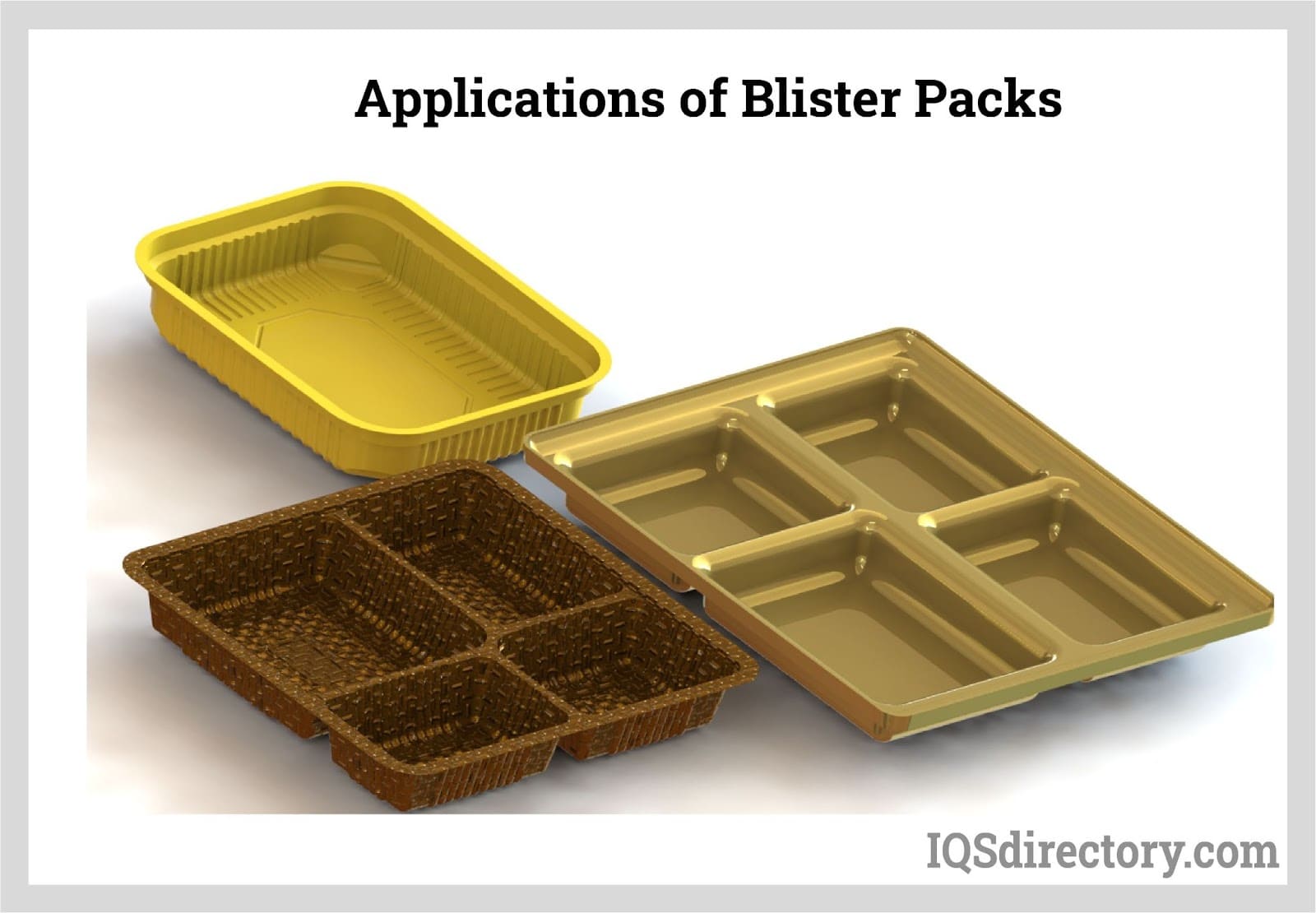
Choosing the Right Blister Pack Manufacturer
To ensure you have the most constructive outcome when purchasing blister packs from a blister pack manufacturer, it is important to compare several companies using our directory of blister pack manufacturers. Each company has a business profile page highlighting their areas of experience and capabilities, along with a contact form to directly communicate with the manufacturer for more information or request a quote. Review each blister pack manufacturer business website using our patented website previewer for a better idea of what each company specializes in. Then, use our simple RFQ form to contact multiple blister pack businesses with the same form.

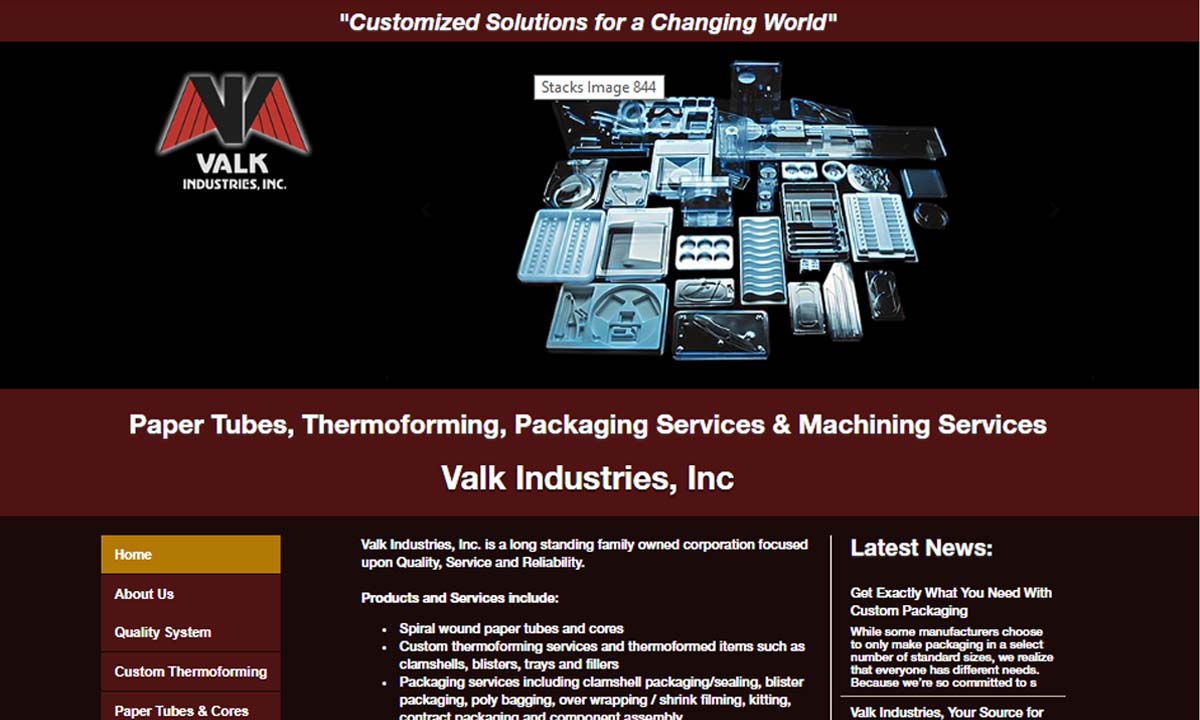
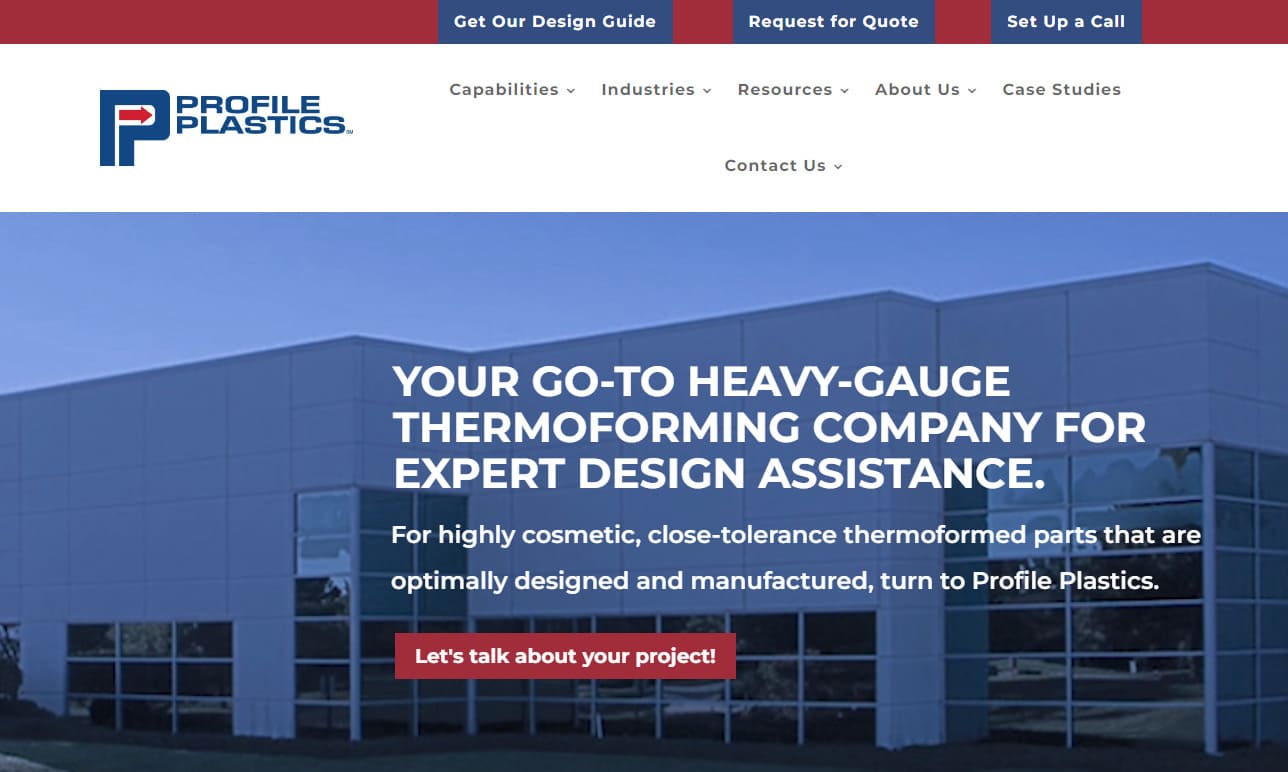
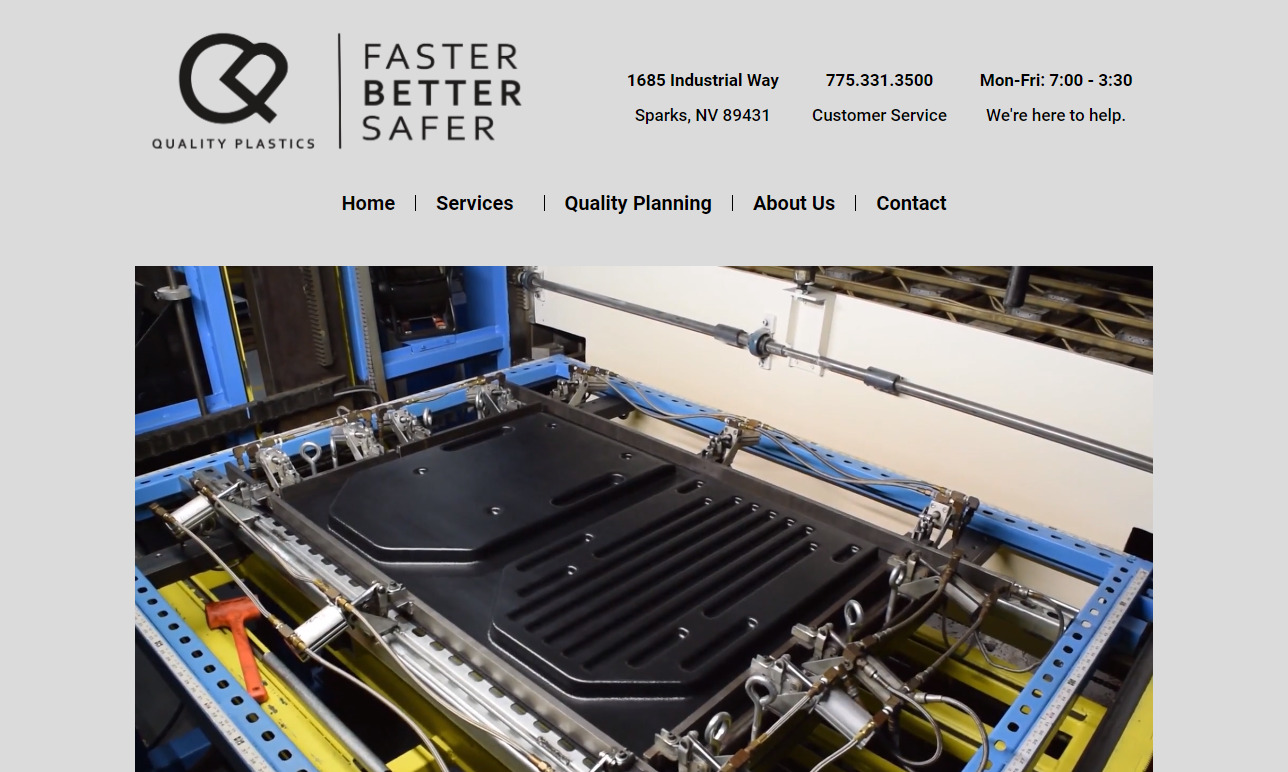
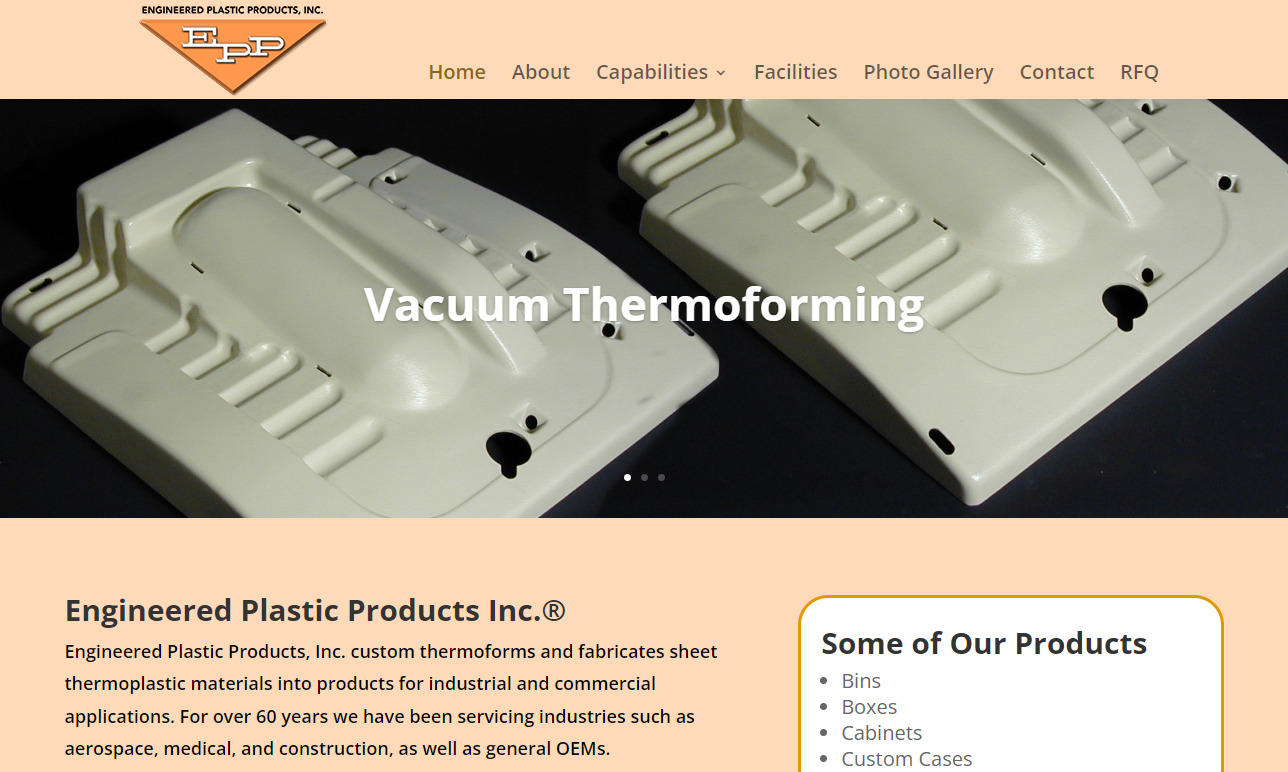

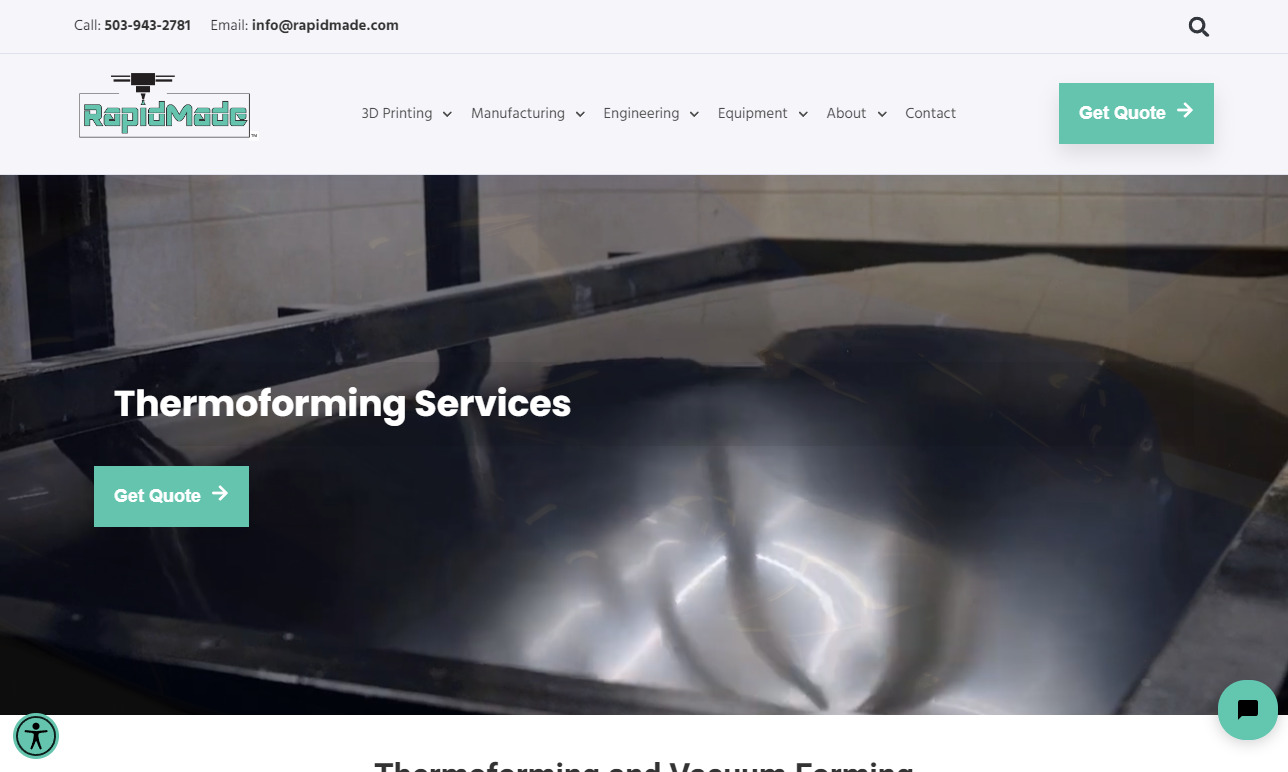



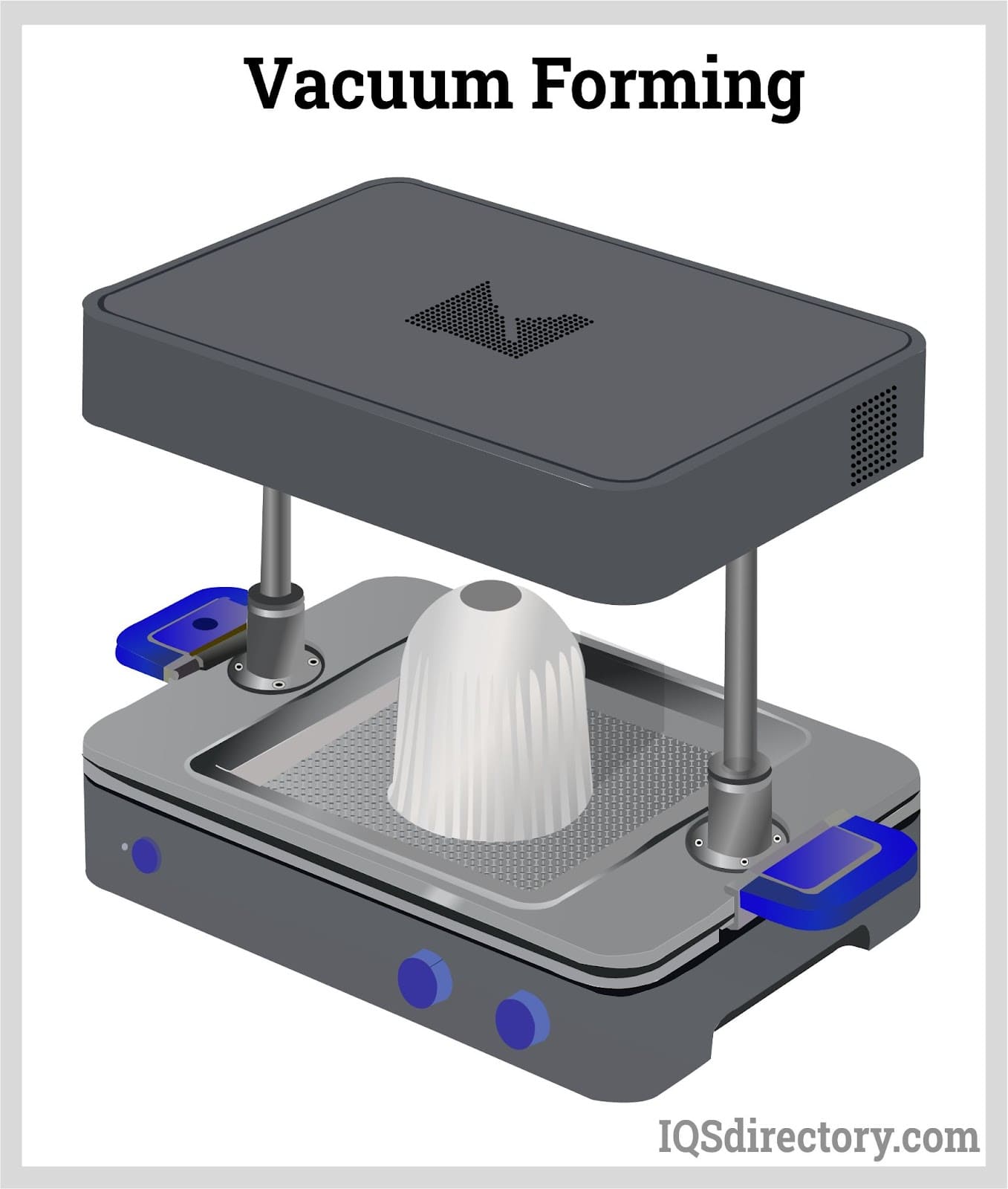
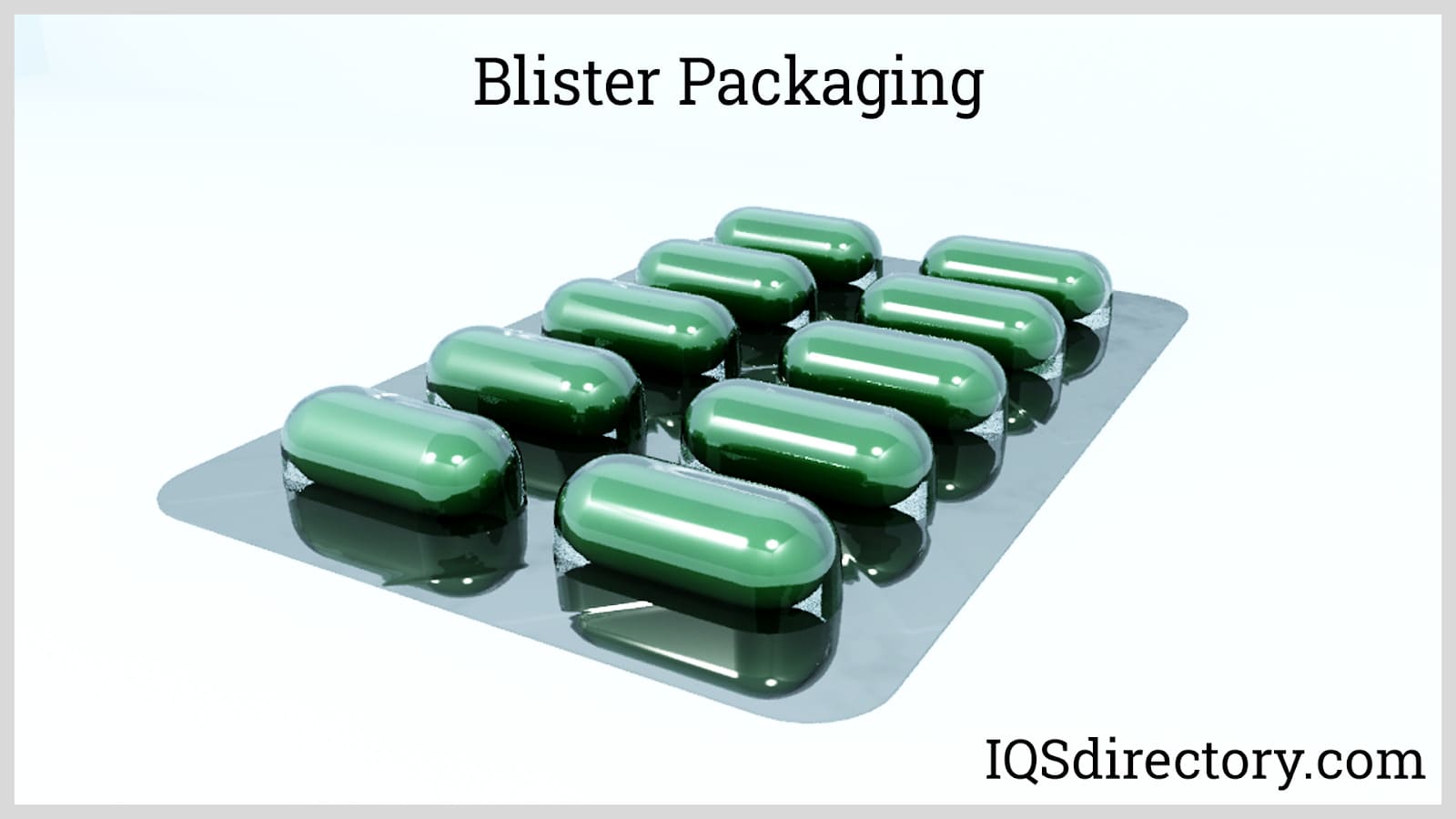
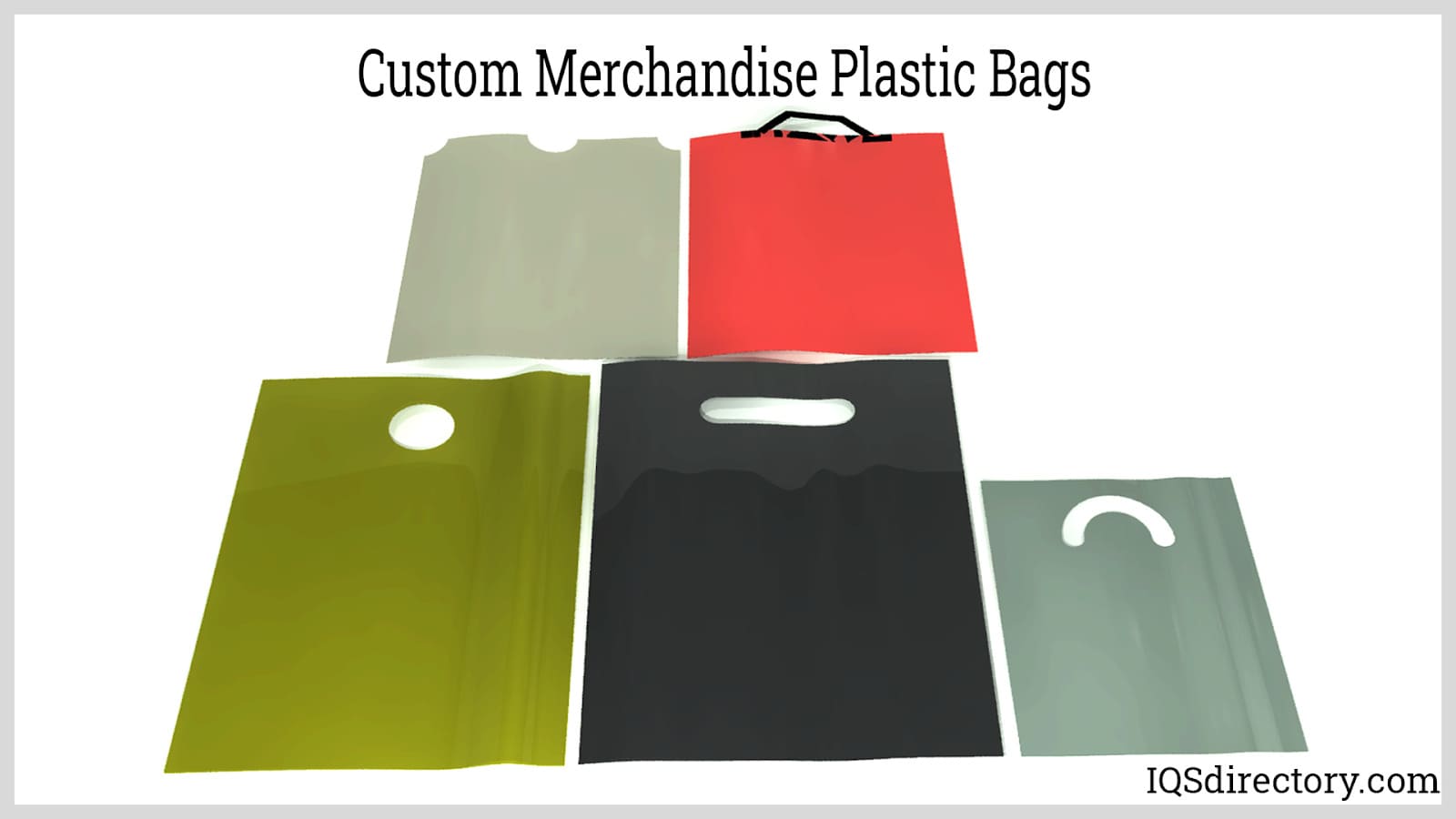


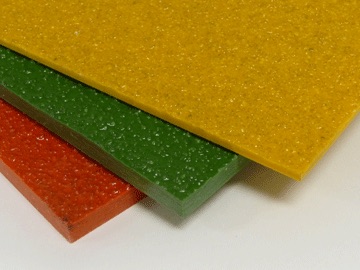 Fiberglass Fabricators
Fiberglass Fabricators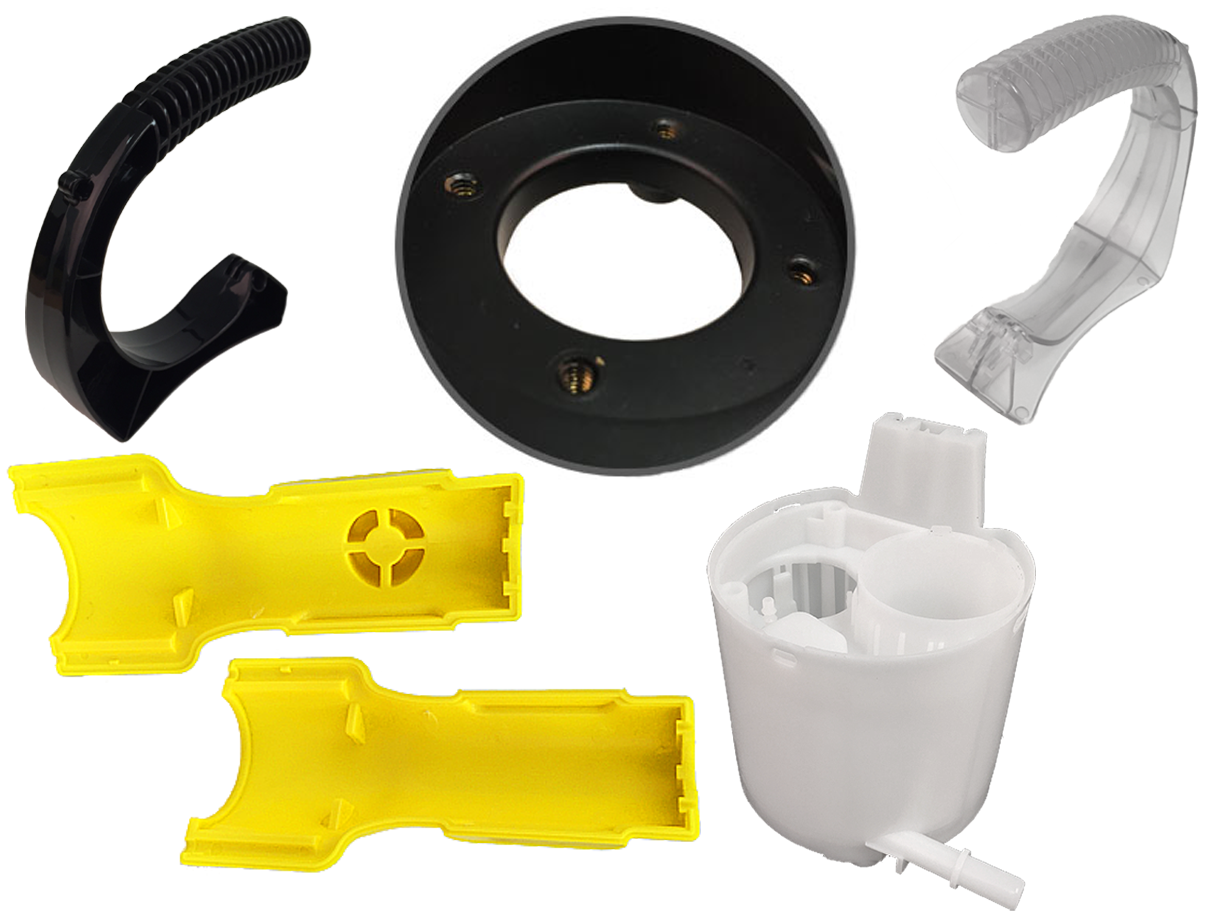 Injection Molded Plastics
Injection Molded Plastics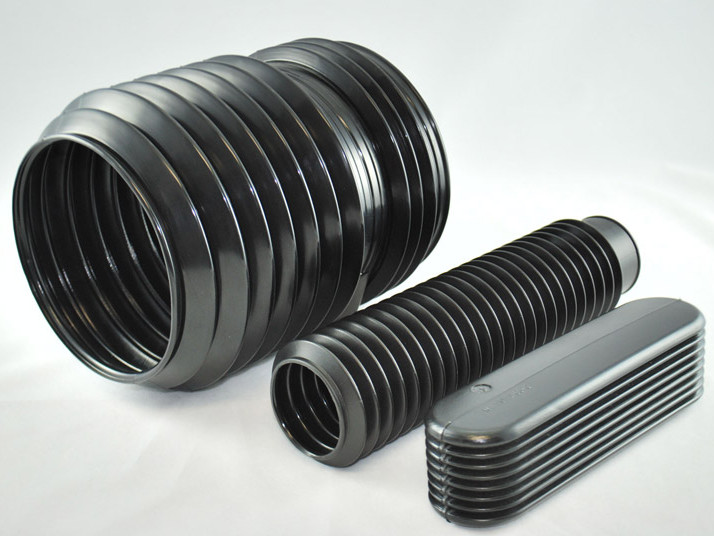 Plastic Blow Molding
Plastic Blow Molding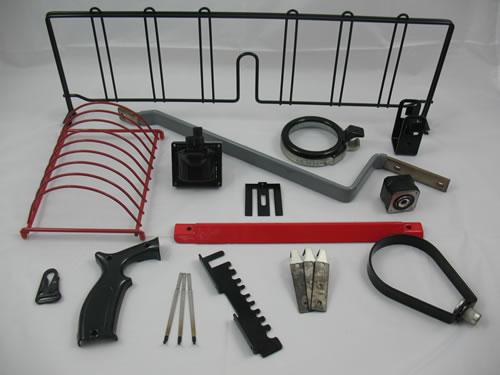 Plastic Dip Molding
Plastic Dip Molding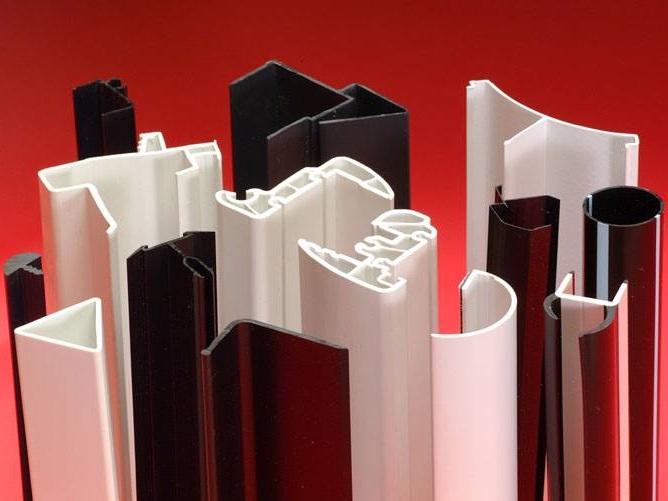 Plastic Extrusions
Plastic Extrusions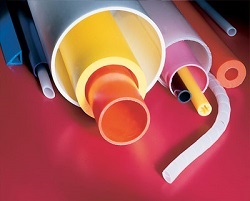 Plastic Tubing
Plastic Tubing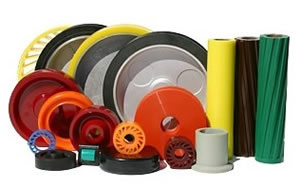 Polyurethane Molding
Polyurethane Molding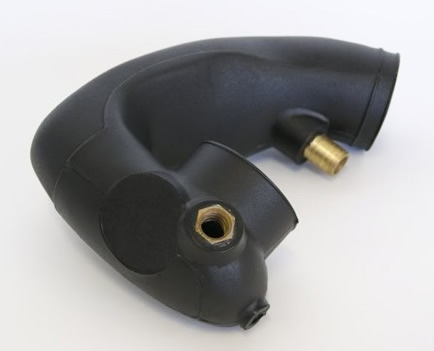 Rotational Molding
Rotational Molding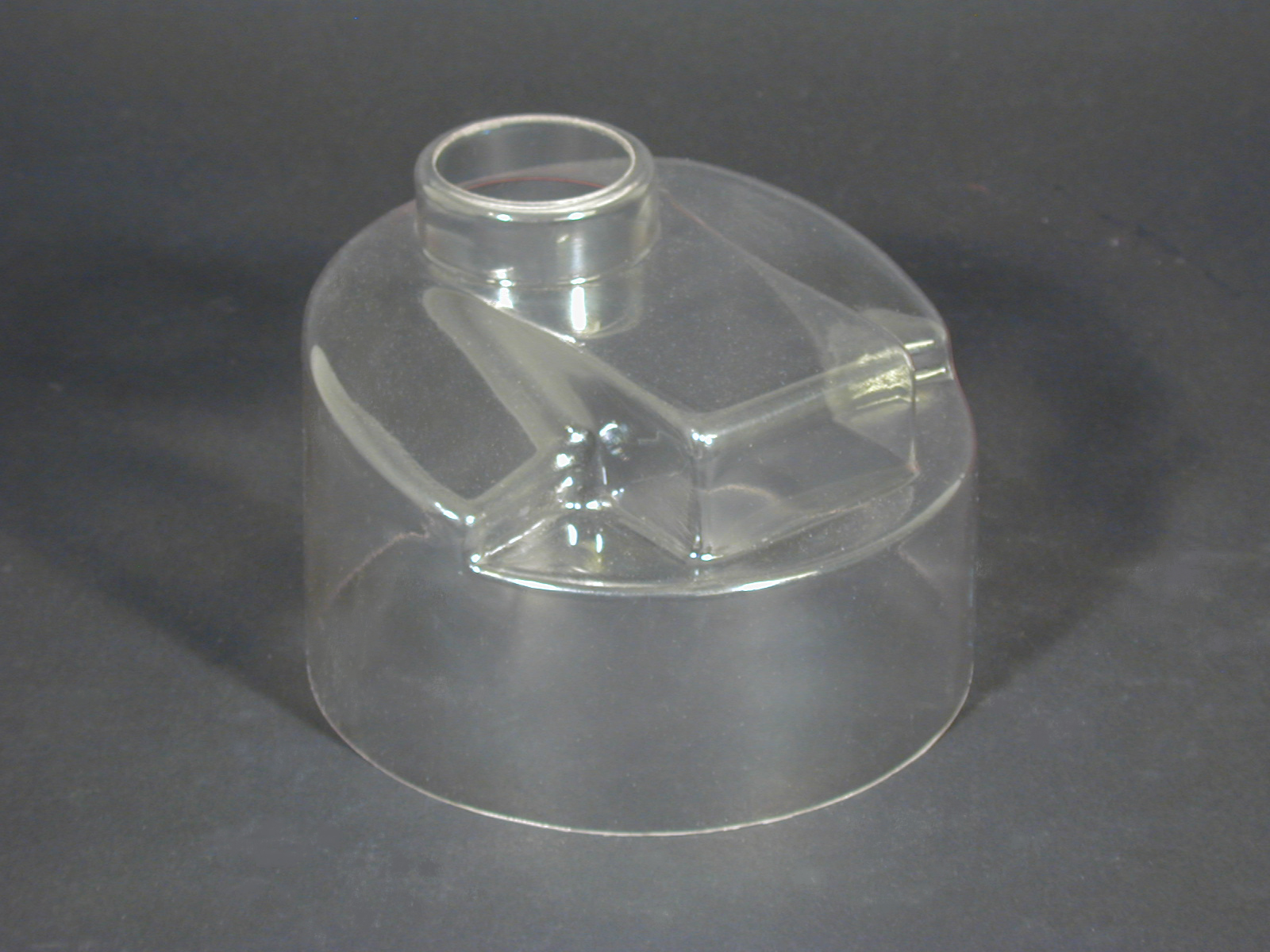 Vacuum Forming
Vacuum Forming Castings & Forgings
Castings & Forgings Bulk Material Handling
Bulk Material Handling Electrical & Electronic Components
Electrical & Electronic Components Flow Instrumentation
Flow Instrumentation Hardware
Hardware Material Handling Equipment
Material Handling Equipment Metal Cutting Services
Metal Cutting Services Metal Forming Services
Metal Forming Services Metal Suppliers
Metal Suppliers Motion Control Products
Motion Control Products Plant & Facility Equipment
Plant & Facility Equipment Plant & Facility Supplies
Plant & Facility Supplies Plastic Molding Processes
Plastic Molding Processes Pumps & Valves
Pumps & Valves Recycling Equipment
Recycling Equipment Rubber Products & Services
Rubber Products & Services